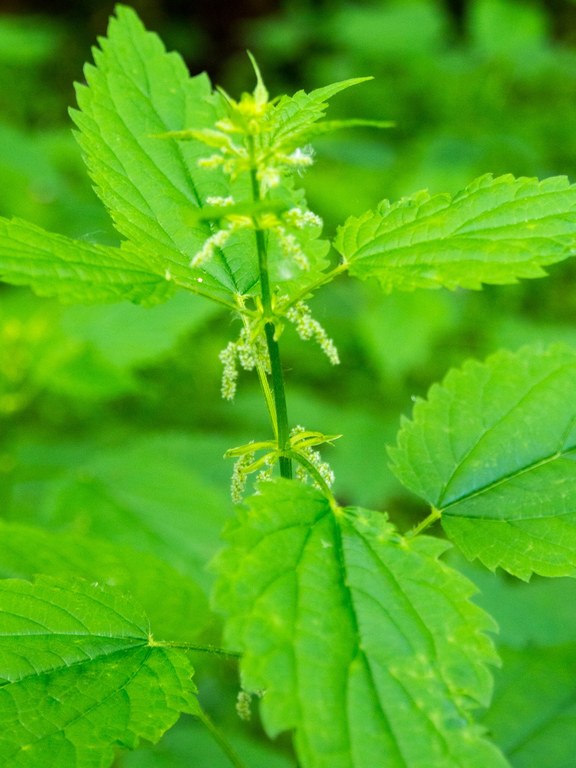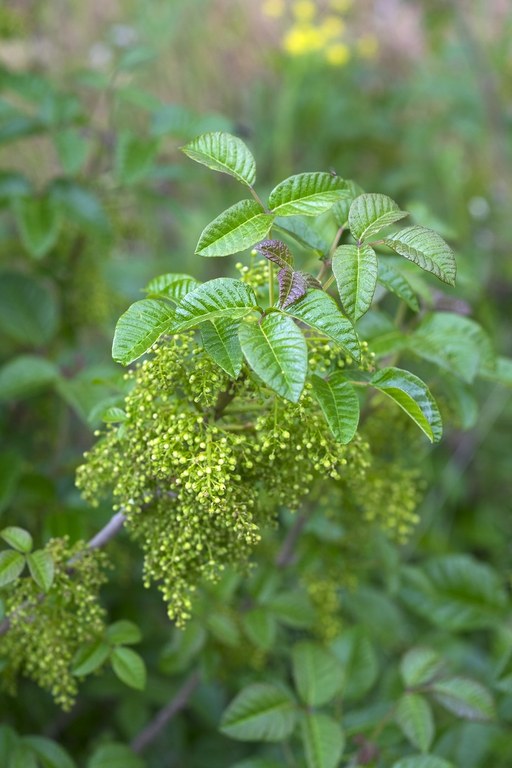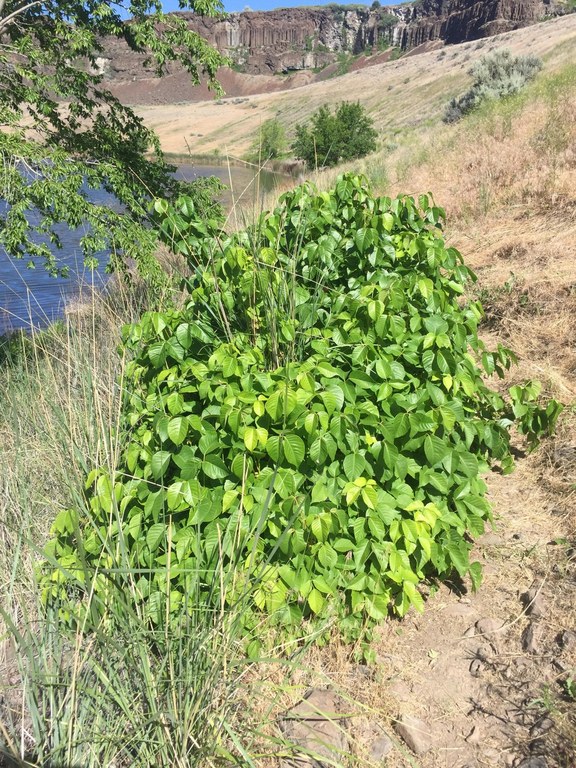How to Avoid Poisonous Plants on a Hike
With the right gear, proper preparation and a flexible attitude few things can truly spoil a hike, but bumping into a poisonous plant could put an end to the fun. The flora of Washington is, for the most part, friendly, but a handful of plants have the potential to inflict some serious pain if your skin comes in contact with them.
Washington’s got thorny plants (see: Devil's club), scratchy plants, pollen-filled allergy bombs, and needle-filled branches—but the majority of those are easy to avoid for obvious reasons. The tricky ones are those plants that don’t immediately look threatening but will cause skin irritation if brushed up against: stinging nettle, poison ivy and poison oak.
Poisonous plants should not rank high on a hiker’s list of concerns, but hikers should be aware of the most common poisonous plants and know how to avoid them.
 It's easy to avoid brushing up against plants on a wide trail, but that's not always easy to do. Bearberry Trail. Photo by Mark Okubo.
It's easy to avoid brushing up against plants on a wide trail, but that's not always easy to do. Bearberry Trail. Photo by Mark Okubo.
How to Avoid Poisonous Plants
Stay on the trail
Staying on the trail is the best way to steer clear of these plants. If you do go off trail to take a break or find a bathroom be aware of your surroundings and notice the plants you’re passing by.
If you don’t know what it is, don’t touch it
A good rule in life as well as hiking. Not sure what it is? Don’t touch it.
Wear long pants and long sleeves
These plants only cause a reaction when they come into contact with bare skin. Long sleeves and pants will protect you. Remember, the oils from poison oak and poison ivy can cling to clothing and be transferred to the skin that way. If exposed, wash clothing well with soap and water before handling.
Watch kids and pets
Kids and pets may get curious and want to wander off into the brush. Just make sure there’s nothing worrisome in there. If pets get into poison oak or poison ivy, the oils can stick around on their fur and be transferred to people.
Know what to look out for
Get familiar with the looks of the most common poisonous plants, and you’ll be more likely to spot these plants as you’re hiking along.
Check trip reports:
Trip reporters will often flag patches of these poisonous plants. Also, keep an eye out for photos in trip reports. If a trail looks brushy, it’s probably a good idea to wear long sleeves and pants to avoid any potential contact as well as little scrapes and scratches.
Leaves of three, let it be: three plants to avoid
 Stinging nettle
Stinging nettle
Stinging nettle is a commonly found plant along trails across Washington. The small hairs on the leaves and stem irritate the skin and cause the stinging sensation that gives this plant its name. The stinging is usually relatively mild and should go away on its own after a short while, but can be more severe. It is often found in moist areas, in the understory or on the edges of forest and can hang over into the trail. This green plant blends in easily with ferns and other vegetation, so it’s good to know how to pick it out of the crowd so you can avoid it.
Location: Western and Eastern Washington
Season: May-September
Leaves: Heart-shaped with serrated edges
Symptoms: small red stinging bumps on the affected area. Should clear up relatively quickly.
 Poison oak
Poison oak
Found in Western Washington, this plant can crop up on sunny edges of forests and bluffs and tuck into the understory. The leaves and stems contain oil that causes a fiery rash and blisters. Some trails and parks have signs to warn visitors of Poison Oak, but knowing what to look for will go a long way to dodging this one. Note: The oils from poison oak can be transferred to shoes, clothes, pets, etc. If exposed, be sure to wash well with soap and water to remove the oils.
Location: Most commonly found in Western Washington
Season: April-July
Leaves: leaves vary, but they are often shiny with either smooth or bumpy edges. Can be yellow, red or green. Look for clusters of small yellow berries.
Symptoms: Can cause severe rash, itching, bumps and blisters
 Poison ivy
Poison ivy
The Eastern Washington cousin of poison oak, this plant has the same oils on its leaves and stems that you don’t want to get on your skin. The “leaves of 3, let it be” rule applies to this one. Note: The oils from poison ivy can be transferred to shoes, clothes, pets, etc. If exposed, be sure to wash well with soap and water to remove the oils.
Location: Most commonly found in Eastern Washington
Season: April-July
Leaves: Clusters of 3 leaves, shiny, either green, yellow or red
Symptoms: Can cause severe rash, itching, bumps and blisters
PHOTOS: Stinging nettle by Maura, poison oak by ehiker.

